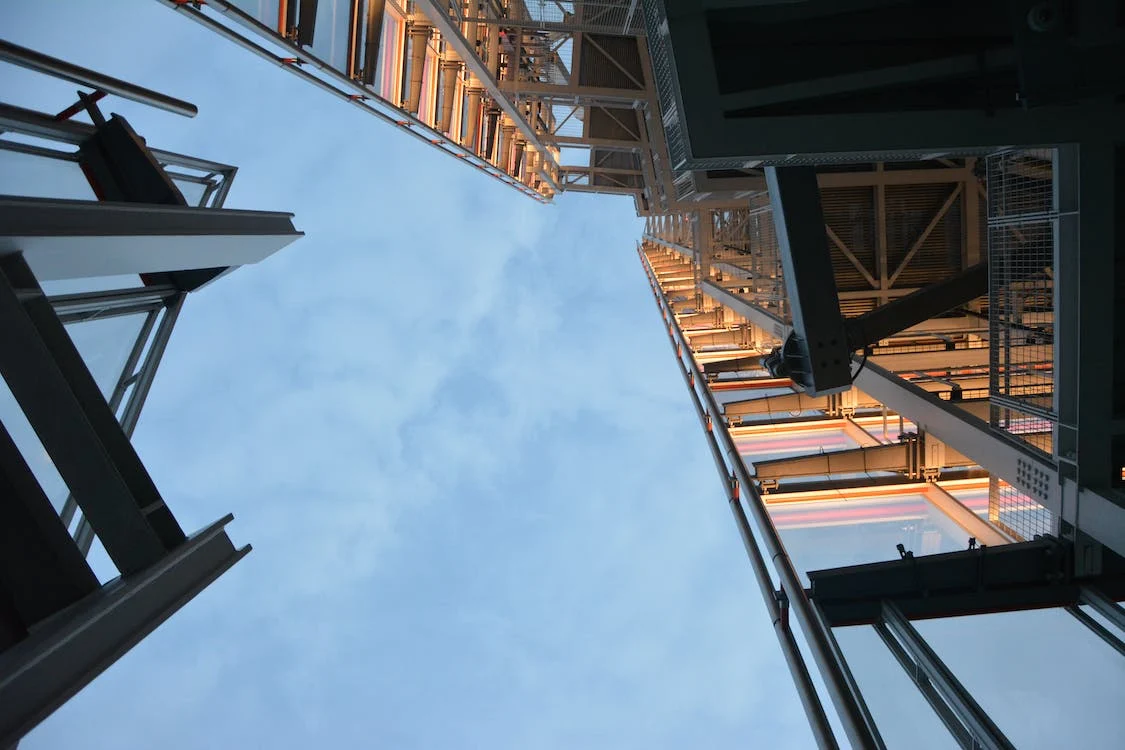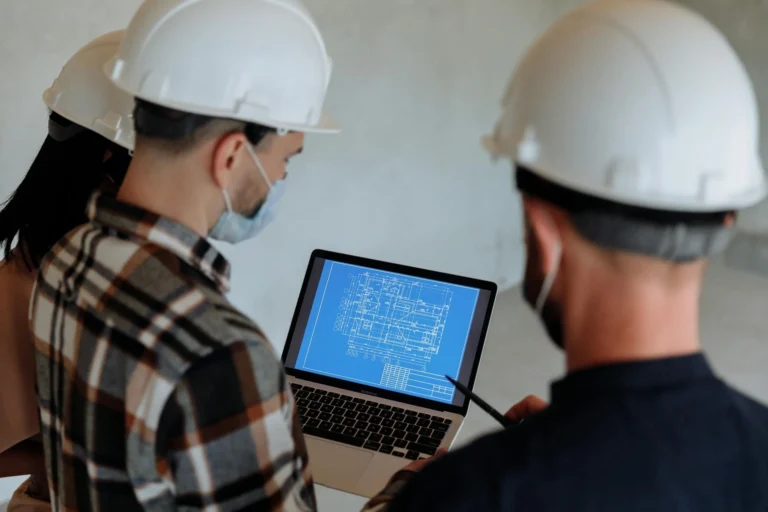The housing industry is undergoing a transformative revolution, with prefabricated homes emerging as a dynamic force reshaping the way we think about housing. Long gone are the days when prefabricated homes were synonymous with generic, mass-produced structures. Today, these homes offer innovative designs, energy efficiency, and a sustainable approach to construction. In this exploration, we dive into the evolution of prefabricated homes, examining the factors driving their rise, dispelling misconceptions, and uncovering the myriad benefits that are propelling them into the forefront of the housing industry.

Understanding Prefabricated Homes
Prefabricated homes, often referred to as prefab or modular homes, are structures that are manufactured off-site in sections or modules before being transported and assembled on the final building site. This method of construction contrasts with traditional on-site building, where materials are delivered to the location, and the structure is built from the ground up.
The prefabrication process involves the creation of modules or sections in a controlled factory environment, where conditions can be carefully monitored and quality controlled. These modules are then transported to the construction site for final assembly. Prefabricated homes can range from small, single-story residences to large, multi-story structures, and they can be customised to meet various architectural styles and preferences.
The Evolution of Prefabricated Homes
1. Historical Roots
Prefabricated construction is not a new concept; its roots can be traced back to the early 20th century. The Aladdin Company, for instance, sold mail-order, precut homes in the early 1900s, allowing homeowners to assemble the structures themselves. These early attempts at prefabrication set the stage for future innovations in the industry.
2. Post-War Boo
The post-World War II era witnessed a surge in demand for housing, leading to the widespread adoption of prefabricated construction methods. Companies like Lustron Homes produced steel-framed homes that could be assembled quickly and efficiently to meet the housing needs of a growing population.
3. Technological Advancements
The latter half of the 20th century saw significant advancements in materials, design, and construction technology. Prefabricated homes evolved from basic, utilitarian structures to sophisticated, aesthetically pleasing residences. Computer-aided design (CAD) and precision engineering played pivotal roles in this transformation.
4. Green Building Practices
With an increasing focus on sustainability and environmental responsibility, prefabricated homes have embraced green building practices. The ability to control materials and waste in a factory setting, coupled with the integration of energy-efficient technologies, positions prefabrication as a sustainable alternative to traditional construction methods.
5. Architectural Innovation
Architects and designers are increasingly drawn to the versatility and flexibility offered by prefabrication. The ability to create unique, customised designs and the incorporation of modern aesthetics have propelled prefabricated homes into the realm of high-end, architectural excellence.
The Factors Driving the Rise
1. Time Efficiency
One of the primary advantages of prefabricated homes is the significant reduction in construction time. Since the modules are manufactured off-site, site preparation and foundation work can occur simultaneously with the construction of the modules. This parallel process can dramatically shorten the overall construction timeline, making it an attractive option for those in need of quick occupancy.
2. Cost-Effective Construction
Prefabricated homes often boast cost savings compared to traditional construction. The controlled environment of a factory allows for efficient use of materials, minimising waste. Additionally, the assembly line approach to construction streamlines the process, reducing labour costs and increasing overall efficiency.
3. Design Flexibility
Contrary to common misconceptions, prefabricated homes offer a high degree of design flexibility. Homebuyers can choose from a variety of floor plans, layouts, and architectural styles. Customization options are extensive, allowing individuals to tailor their homes to meet specific needs and aesthetic preferences.
4. Quality Control
The controlled environment of a factory ensures stringent quality control measures. Materials are precisely cut, and construction takes place under optimal conditions, minimising the risk of weather-related damage. This focus on quality results in structurally sound and durable homes.
5. Sustainability and Energy Efficiency
Prefabricated homes align with the growing demand for sustainable and energy-efficient housing. The controlled manufacturing process allows for the integration of eco-friendly materials, and the ability to design for energy efficiency from the outset can lead to homes with lower environmental footprints.
6. Technological Integration
Prefabricated homes leverage cutting-edge technologies in their design and construction. From advanced CAD systems for precise planning to the integration of smart home technologies, these homes are at the forefront of the digital age. This technological integration not only enhances functionality but also contributes to a modern, connected lifestyle.
Dispelling Misconceptions
Despite the many advantages, prefabricated homes continue to face misconceptions that hinder their widespread acceptance. It is crucial to dispel these myths to fully appreciate the merits of this innovative approach to housing.
1. Generic Designs
One common misconception is that prefabricated homes offer limited design options and are associated with generic, cookie-cutter designs. In reality, prefabrication allows for a high degree of customization, and architects often embrace the challenge of creating unique and aesthetically pleasing designs.
2. Poor Quality
Another misconception is that prefabricated homes are of lower quality compared to traditional homes. In fact, the controlled factory environment ensures rigorous quality control measures, and many prefabricated homes surpass traditional construction in terms of structural integrity and energy efficiency.

3. Limited Size and Style
Some believe that prefabricated homes are only suitable for small or basic structures. The reality is that prefabrication is scalable, and these homes can range from modest single-family residences to expansive, multi-story structures. Various architectural styles are achievable, offering a wide range of options for homeowners.
4. Inflexible Floor Plans
Prefabricated homes are often associated with rigid floor plans that limit homeowners’ choices. In truth, many manufacturers offer a plethora of floor plans that can be customised to suit individual preferences. Homebuyers can often modify layouts, add or remove rooms, and choose from a variety of finishing options.
5. Challenges with Financing
There is a misconception that securing financing for a prefabricated home is more challenging than for a traditional home. However, many financial institutions are now familiar with prefab construction and offer mortgage products specifically tailored for these homes.
The Future of Prefabricated Homes
The trajectory of prefabricated homes points towards an increasingly significant role in the future of housing. As technology continues to advance, and sustainability becomes a non-negotiable factor in construction, prefab homes are poised to become even more attractive to a diverse range of homeowners. Key trends shaping the future of prefabricated homes include:
1. Innovative Materials
Advances in materials science are paving the way for the use of innovative and sustainable materials in prefab construction. From engineered wood products to recycled and recyclable materials, the emphasis is on creating environmentally friendly homes without compromising structural integrity.
2. Smart Home Integration
The integration of smart home technologies is becoming a standard feature in many prefabricated homes. From energy-efficient systems to home automation and connectivity, prefab homes are at the forefront of the smart home revolution.
3. Off-Grid Living Solutions
Prefabricated homes are increasingly being designed to accommodate off-grid living. With the integration of solar panels, advanced water recycling systems, and energy-efficient appliances, prefab homes offer sustainable and independent living options.
4. Customization through Technology
Technology is facilitating a new era of customization in prefab homes. Virtual reality (VR) and augmented reality (AR) tools enable homeowners to visualise and customise their homes before construction begins, ensuring that the end result meets their expectations.
5. Global Housing Solutions
Prefabricated homes are gaining traction as viable solutions for global housing challenges. The ability to mass-produce quality housing quickly and efficiently makes prefab homes an attractive option for addressing housing shortages and disaster relief efforts around the world.
6. Collaboration with Architects and Designers
Architects and designers are increasingly collaborating with prefab manufacturers to create stunning and innovative homes. This collaboration is breaking down stereotypes and pushing the boundaries of what is possible with prefab construction.
The rise of prefabricated homes signifies a paradigm shift in the housing industry. What was once considered an alternative or niche option has evolved into a mainstream, innovative approach to housing that combines design flexibility, sustainability, and efficiency. Prefabricated homes are revolutionising the way we think about construction, challenging misconceptions, and offering a glimpse into the future of housing.
As the housing industry continues to evolve, prefabricated homes are likely to play a central role in addressing the challenges of urbanisation, sustainability, and housing affordability. With ongoing technological advancements, a focus on sustainable practices, and a commitment to design excellence, prefabricated homes are not just a trend; they are a dynamic force shaping the future of housing for generations to come. Whether it’s a sleek urban dwelling, a countryside retreat, or a cutting-edge sustainable abode, prefabricated homes are proving that innovation and quality can go hand in hand in redefining the places we call home.
As technology improves and new developments emerge tools like Wunderbuild will play a crucial role in ensuring you provide the highest quality in building and construction. Wunderbuild offers smart project management and collaboration features, enhancing productivity, and facilitating smooth workflow in construction projects. Harness the power of modern construction software to stay ahead in this evolving industry. To learn more about what Wunderbuild can do for your projects, click here.




